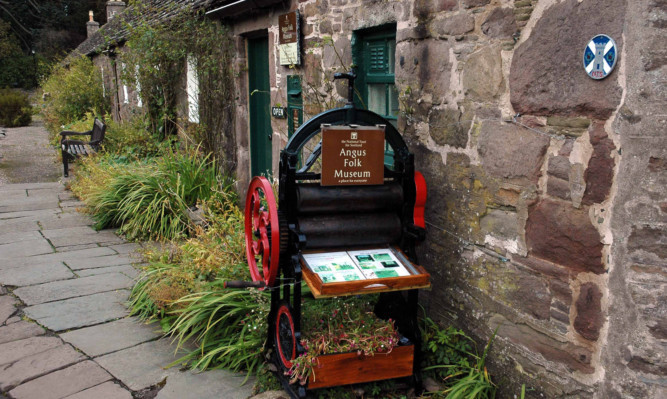One of the county’s most popular tourist attractions will remain closed until its future can be decided by the National Trust for Scotland.
The Angus Folk Museum at Glamis will be shut while a report into the buildings’ condition is prepared for examination by the trust’s board.
The museum shut at the end of the 2014 season after a routine survey during the winter revealed problems with the fabric of six 18th Century cottages that form the museum buildings.
It followed a prolonged closure to the public throughout 2013 prompted by the danger posed by loose roof tiles.
On that occasion the situation was partly because planning permission had to be sought for work on the listed structure to be carried out.
A spokeswoman for the organisation said that the trust is currently considering the possibilities for the museum.
She said: “The situation is that we are still working through an options appraisal. This will be presented to the board at its May meeting.
“Our aim in all of this is to ensure as many as people as possible can continue to enjoy access to this unique collection.”
The museum cottages were occupied by workers on the Earl of Strathmore’s estate, and the museum itself houses one of the finest folk collections in the country.
It shows how the rural workforce used to live and the cottages constituted the domestic section, with its agricultural exhibits in the steading opposite.
The museum was founded by a donation from Jean, Lady Maitland, in the 1950s.
